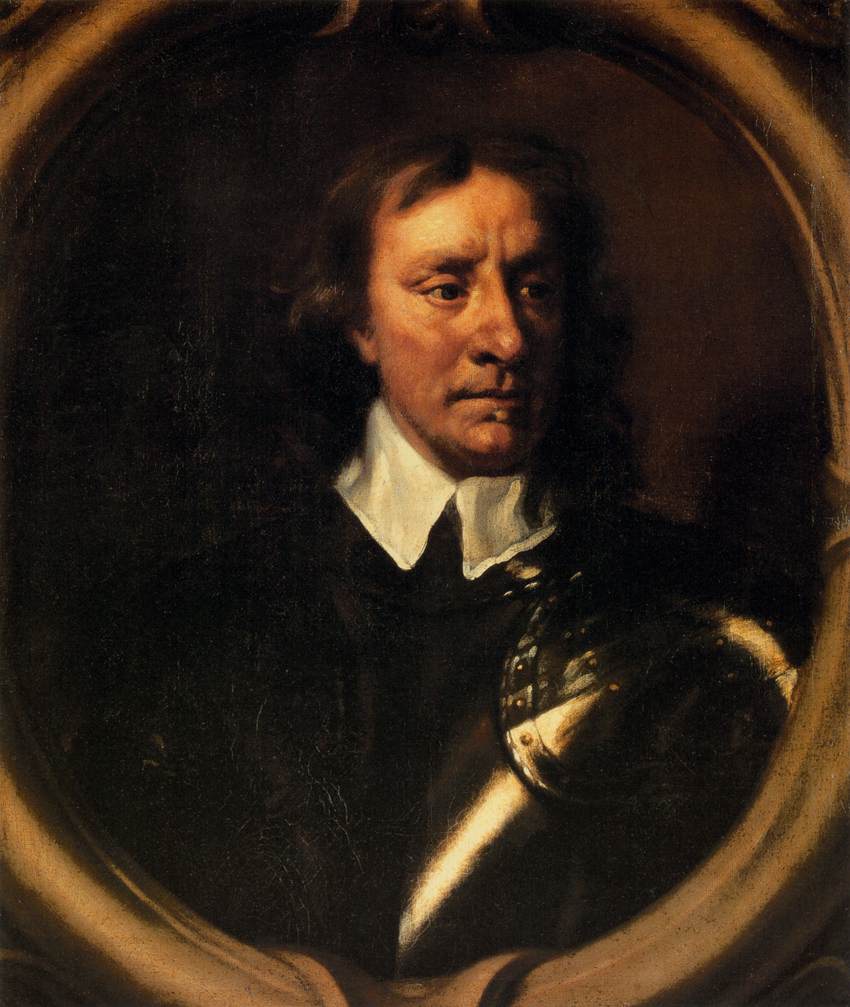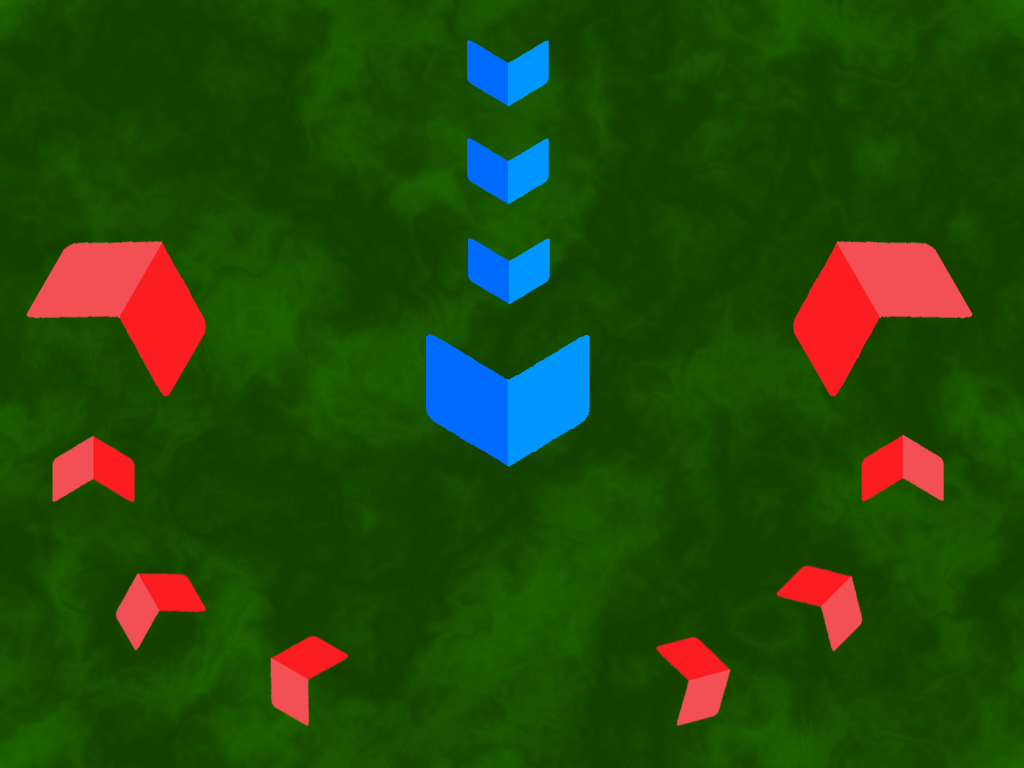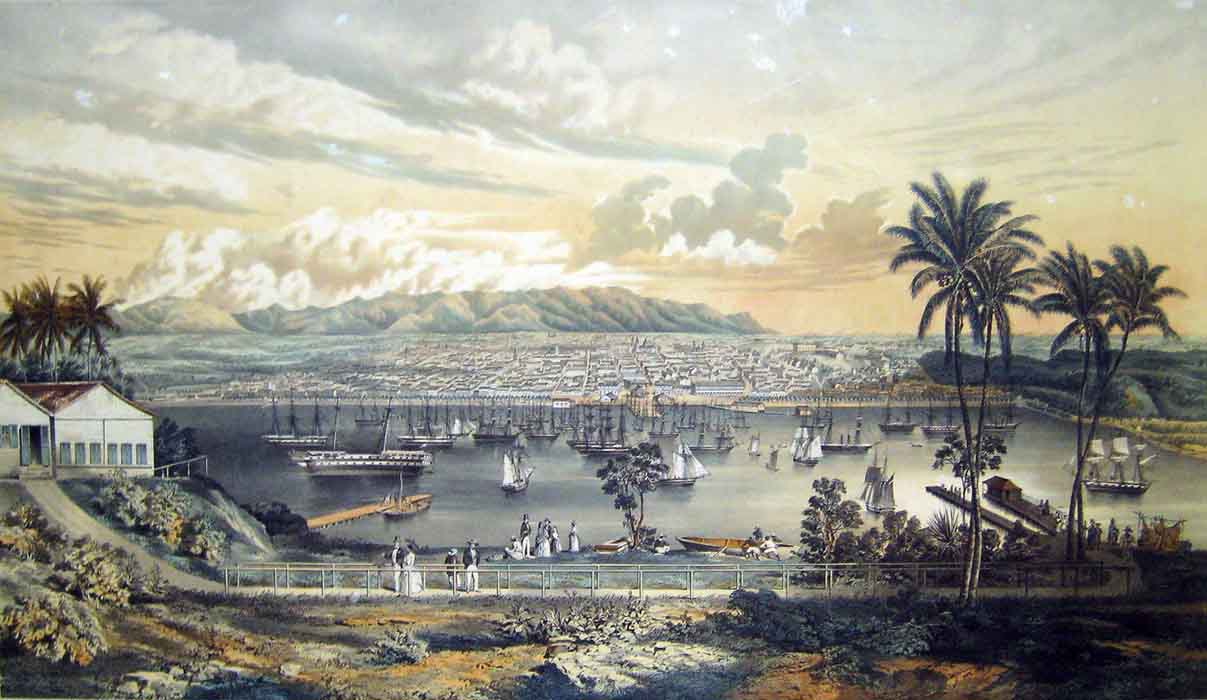|
Henry Morgan's Raid On Puerto Del Príncipe
The Raid on Puerto del Príncipe was a military event which took place during the latter stage of the Anglo-Spanish War between March and April 1668 on the Spanish island of Cuba. Some 700 Buccaneers in twelve ships led by Captain Henry Morgan landed in the Gulf of Santa María and marched to capture the inland town of Puerto del Príncipe. As they approached the town they defeated the Spanish militia gathered by the ctiy's Governor in the Battle of la Savana. They then captured the town before plundering and sacking the place, while also gathering a small ransom for the town's prisoners. Background England and Spain had remained in a state of war in the Caribbean following the Restoration of Charles II in 1660. England having taken possession of Jamaica since 1657 had yet to be confirmed by Spain in a treaty. As a result, Buccaneers were invited, to base themselves at Port Royal, to help defend against Spanish attacks. In 1667 diplomatic relations between the kingdoms of Engla ... [...More Info...] [...Related Items...] OR: [Wikipedia] [Google] [Baidu] |
Anglo-Spanish War (1654–1660)
The Anglo-Spanish War was a conflict between the Commonwealth of England, English The Protectorate, Protectorate and Spain between 1654 and 1660. It was driven by the economic and religious rivalry between the two countries, with each side attacking the other's commercial and colonial interests in various ways, such as privateering and naval expeditions. In 1655, an English amphibious warfare, amphibious expedition invaded Spanish territory in the Caribbean, eventually capturing the island of Jamaica. In 1657, England formed an alliance with France, merging the Anglo-Spanish war with the larger Franco-Spanish War (1635–1659), Franco-Spanish War, with major land actions that took place in the Spanish Netherlands. Although the war was terminated after Stuart Restoration, The Restoration of King Charles II of England in 1660, tensions in the Caribbean with regards to the English possession of British Jamaica, Jamaica kept the conflict going intermittently for over ten years. ... [...More Info...] [...Related Items...] OR: [Wikipedia] [Google] [Baidu] |
New Model Army
The New Model Army or New Modelled Army was a standing army formed in 1645 by the Parliamentarians during the First English Civil War, then disbanded after the Stuart Restoration in 1660. It differed from other armies employed in the 1639 to 1653 Wars of the Three Kingdoms in that members were liable for service anywhere in the country, rather than being limited to a single area or garrison. To establish a professional officer corps, the army's leaders were prohibited from having seats in either the House of Lords or House of Commons. This was to encourage their separation from the political or religious factions among the Parliamentarians. The New Model Army was raised partly from among veteran soldiers who already had deeply held Puritan religious beliefs, and partly from conscripts who brought with them many commonly held beliefs about religion or society. Many of its common soldiers therefore held dissenting or radical views unique among English armies. Although the Ar ... [...More Info...] [...Related Items...] OR: [Wikipedia] [Google] [Baidu] |
Pedro Bayona Villanueva
Pedro is a masculine given name. Pedro is the Spanish, Portuguese, and Galician name for ''Peter''. Its French equivalent is Pierre while its English and Germanic form is Peter. The counterpart patronymic surname of the name Pedro, meaning "son of Peter" (compared with the English surname Peterson) is Pérez in Spanish, Peres in Galician and Portuguese, Pires also in Portuguese, and Peiris in coastal area of Sri Lanka (where it originated from the Portuguese version), with all ultimately meaning "son of Pero". The name Pedro is derived via the Latin word "petra", from the Greek word "η πέτρα" meaning "stone, rock". The name Peter itself is a translation of the Aramaic ''Kephas'' or '' Cephas'' meaning "stone". An alternative archaic variant is Pero. Notable people with the name Pedro include: Monarchs, mononymously *Pedro I of Portugal *Pedro II of Portugal *Pedro III of Portugal *Pedro IV of Portugal, also Pedro I of Brazil *Pedro V of Portugal *Pedro II of Braz ... [...More Info...] [...Related Items...] OR: [Wikipedia] [Google] [Baidu] |
Oriente Province
Oriente (, "East") was the easternmost province of Cuba until 1976. The term "Oriente" is still used to refer to the eastern part of the country, which currently is divided into five different provinces. The origins of Oriente lie in the 1607 division of Cuba into a western and eastern administration. The eastern part was governed from Santiago de Cuba and it was subordinate to the national government in Havana. In 1807, Cuba was divided into three ''departamentos'': Occidental, Central and Oriental. This arrangement lasted until 1851, when the central department was merged back into the West. In 1878, Cuba was divided into six provinces. Oriente remained intact but was officially renamed to Santiago de Cuba Province until the name was reverted to Oriente in 1905. Fidel and Raúl Castro were born in a small town in Oriente province ( Birán). The province was split in 1976 into five different provinces: Las Tunas Province, Granma Province, Holguín Province, Santiago de Cub ... [...More Info...] [...Related Items...] OR: [Wikipedia] [Google] [Baidu] |
Pincer Movement
The pincer movement, or double envelopment, is a maneuver warfare, military maneuver in which forces simultaneously attack both flanking maneuver, flanks (sides) of an enemy Military organization, formation. This classic maneuver has been important throughout the history of warfare. The pincer movement typically occurs when opposing forces advance towards the center of an army that responds by moving its outside forces to the enemy's flanks to surround it. At the same time, a second layer of pincers may attack the more distant flanks to keep reinforcements from the target units. Description A full pincer movement leads to the attacking army facing the enemy in front, on both flanks, and in the rear. If attacking pincers link up in the enemy's rear, the enemy is encirclement, encircled. Such battles often end in surrender or destruction of the enemy force, but the encircled force can try to breakout (military), break out. They can attack the encirclement from the inside to ... [...More Info...] [...Related Items...] OR: [Wikipedia] [Google] [Baidu] |
(Map Of The Complete Island Of Cuba)
A map is a symbolic depiction of interrelationships, commonly spatial, between things within a space. A map may be annotated with text and graphics. Like any graphic, a map may be fixed to paper or other durable media, or may be displayed on a transitory medium such as a computer screen. Some maps change interactively. Although maps are commonly used to depict geography, geographic elements, they may represent any space, real or fictional. The subject being mapped may be two-dimensional such as Earth's surface, three-dimensional such as Earth's interior, or from an abstract space of any dimension. Maps of geographic territory have a very long tradition and have existed from ancient times. The word "map" comes from the , wherein ''mappa'' meant 'napkin' or 'cloth' and ''mundi'' 'of the world'. Thus, "map" became a shortened term referring to a flat representation of Earth's surface. History Maps have been one of the most important human inventions for millennia, allowin ... [...More Info...] [...Related Items...] OR: [Wikipedia] [Google] [Baidu] |
Santa Cruz Del Sur
Santa Cruz del Sur is a town and municipality in Cuba. It is located in Camagüey Province south of the provincial capital of Camagüey. It lies on the Caribbean coast. Geography The municipality is divided into the barrios of Buenaventura, Doce Leguas, El Junco, Gonzalo de Quesada, Guaicanamar, Guayabal, La Calzada, Playa Bonita, San Pedro and Yaguabo. History The city has a special place in history due to its total destruction by the storm surge during the catastrophic hurricane of 1932 beginning late on November 8, 1932. In a few hours, approximately at 10:00 am of November 9, the city disappeared under the sea, and more than 3,000 of its inhabitants drowned or were crushed by flying debris carried by winds in excess of 135 mph (215 km/h). Why a select number of survivors escaped the storm, and why the town was not evacuated prior to landfall, persist as questions. The hurricane was rumored to be destined for landfall far east of Santa Cruz, and when notification arr ... [...More Info...] [...Related Items...] OR: [Wikipedia] [Google] [Baidu] |
Camagüey
Camagüey () is a city and municipality in central Cuba and is the nation's third-largest city with more than 333,000 inhabitants. It is the capital of the Camagüey Province. It was founded as Santa María del Puerto del Príncipe in 1514, by Spanish colonists on the northern coast and moved inland in 1528, to the site of a Taino village named Camagüey. It was one of the seven original settlements (''villas'') founded in Cuba by the Spanish. After Henry Morgan Henry Morgan's raid on Puerto del Príncipe, burned the city in the 17th century, it was redesigned like a maze so attackers would find it hard to move around inside the city. The symbol of the city of Camagüey is the clay cooking pot, pot or ''tinajón'', used to capture rain water and keep it fresh. Camagüey is also the birthplace of Ignacio Agramonte (1841), an important figure of the Ten Years' War against Spain. A monument by Italian sculptor Salvatore Buemi, erected in the center of the area to Ignacio Agramonte, w ... [...More Info...] [...Related Items...] OR: [Wikipedia] [Google] [Baidu] |
Christopher Myngs
Vice Admiral Sir Christopher Myngs (sometimes spelled ''Mings'', 1625–1666) was an English naval officer and privateer, most notably in the Colony of Jamaica. Life The date of Myngs's birth is uncertain, but is probably somewhere between 1620 and 1625. He came from a Norfolk family and was a relative of Admiral Sir Cloudesley Shovell. Samuel Pepys' story of Myngs' humble birth ("his father being always and at this day a shoemaker, and his mother a Hoyman’s daughter; of which he was used frequently to boast") has now been evaluated by historians as being mostly fictitious in nature. It is probable that he saw a good deal of sea-service before 1648. He first appears prominently as the captain of the ''Elisabeth'', which after it had undergone action during the First Anglo-Dutch War brought in a Dutch convoy with two men-of-war as prizes. From 1653 to 1655 he continued to command the ''Elisabeth'', when he was high in favour with the council of state and recommended for ... [...More Info...] [...Related Items...] OR: [Wikipedia] [Google] [Baidu] |
Santiago De Cuba
Santiago de Cuba is the second-largest city in Cuba and the capital city of Santiago de Cuba Province. It lies in the southeastern area of the island, some southeast of the Cuban capital of Havana. The municipality extends over , and contains the communities of Antonio Maceo, Bravo, Castillo Duany, Daiquirí, El Caney, El Cobre, Cuba, El Cobre, El Cristo, Guilera, Leyte Vidal, Moncada and Siboney, Cuba, Siboney. Historically Santiago de Cuba was the second-most important city on the island after Havana, and remains the second-largest. It is on a bay connected to the Caribbean Sea and an important sea port. In the 2022, the city of Santiago de Cuba recorded a population of 507,167 people. History Santiago de Cuba was the seventh village founded by Spanish conquistador Diego Velázquez de Cuéllar on 25 July 1515. The settlement was destroyed by fire in 1516, and was immediately rebuilt. This was the starting point of the expeditions led by Juan de Grijalba and Hernán Cort� ... [...More Info...] [...Related Items...] OR: [Wikipedia] [Google] [Baidu] |
Havana
Havana (; ) is the capital and largest city of Cuba. The heart of La Habana Province, Havana is the country's main port and commercial center.Cuba ''The World Factbook''. Central Intelligence Agency. It is the most populous city, the largest by area, and the List of metropolitan areas in the West Indies, second largest metropolitan area in the Caribbean region. The population in 2012 was 2,106,146 inhabitants, and its area is for the capital city side and 8,475.57 km2 for the metropolitan zone. Its official population was 1,814,207 inhabitants in 2023. Havana was founded by the Spanish Empire, Spanish in the 16th century. It served as a springboard for the Spanish colonization of the Americas, Spanish conquest of ... [...More Info...] [...Related Items...] OR: [Wikipedia] [Google] [Baidu] |
Edward Collier (pirate)
Edward Collier was an English buccaneer who served as Sir Henry Morgan's second-in-command throughout much of his expeditions against Spain during the mid-17th century. In command of one of the ships which took part in Sir Henry Morgan's raid on Portobello in 1668, he was given command of the 34-gun ''Oxford'' with a commission as a pirate hunter before the end of the year and eventually captured Captain la Veven and his ship, the ''Satisfaction.'' Rejoining Morgan in his later raids on Maracaibo and Gibraltar, an explosion aboard his ship would kill many of the officers in the expedition before his ship was sunk. Reportedly despondent over the loss of his ship, Collier left the fleet and was allowed to take command of the ''Satisfaction'' spending the next 18 months off the Mexican coastline. Eventually he was persuaded to join Morgan as he was planning his raid on Panama September 1670 and appointed vice-admiral of the expedition. As the expedition was being prepared, Colli ... [...More Info...] [...Related Items...] OR: [Wikipedia] [Google] [Baidu] |





